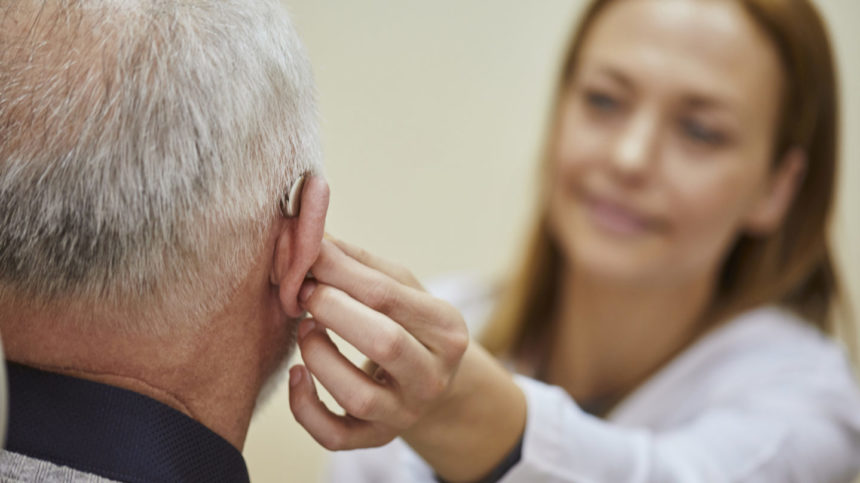A new study of nearly 20,000 Medicare beneficiaries reveals a striking gap in hearing health care, with approximately 90% of those reporting hearing difficulties going without hearing aids.
The research, published in JAMA Health Forum, analyzed data from 2019-2021 Medicare Current Beneficiary Survey participants, whose average age was 77 years. Among the study population, nearly half reported either hearing loss or hearing aid use.
The study population reflected a diverse cross-section of older Americans, with 55% female participants and 45% male. Living arrangements varied significantly, with 30% living alone, 46% living with a spouse only, and the remainder residing with children, family members, or others. The research included both urban and rural populations, with 82% of participants living in metropolitan areas. These demographic factors provided researchers with a comprehensive view of hearing aid adoption across different living situations.
Despite Medicare Advantage plans widely offering hearing benefits — with 97% of plans including coverage in 2021 — their beneficiaries used hearing services at rates similar to traditional Medicare recipients, which excludes hearing aids and most related services from coverage.
The study found remarkably low utilization rates of hearing services across both insurance types. Medicare Advantage beneficiaries used routine hearing tests at a rate of about 5%, hearing aid fittings at roughly 4%, and hearing aid purchases at just over 2%. Traditional Medicare beneficiaries showed similar patterns, with approximately 4% getting routine tests, 3% receiving fittings, and 2% purchasing hearing aids.
These findings suggest that even when hearing benefits are available through Medicare Advantage plans, barriers to access may persist. The researchers noted that variation in benefit generosity and beneficiary awareness of available coverage might contribute to the low utilization rates.





